While southern Scotland is renown for its collection of incredible ruined abbeys, from Melrose Abbey to Sweetheart Abbey, one of Scotland’s most iconic and important abbeys stands to the north on the quiet Angus coastline south of Aberdeen. Arbroath Abbey is a gorgeous and massive skeleton of red sandstone, the distinctive local rock you’ll see all along Angus’s southeastern coastline.
Arbroath and its abbey are hugely important historically and personally: It’s both the birthplace of Scottish independence and my paternal grandmother! I’d visited the abbey on a couple of previous occasions pre-Traveling Savage and certainly wanted to make the return on my trip to Angus this past May and give it the spotlight it deserves.
Arbroath is a coastal town — the biggest town in Angus — that began in the High Middle Ages at the founding of Arbroath Abbey in 1178 AD. Over the centuries Arbroath’s fortunes have relied upon the jute, flax, and fishing industries, and these days the town is eager for a renaissance. Most of the buildings in the town center use the same red sandstone of the abbey and create a distinctive visual appeal. The abbey was originally built outside of any settlement but now resides firmly on Arbroath’s High Street after hundreds of years of growth.
Arbroath Abbey was founded by King William the Lion in 1178 for Tironensian Benedictine monks coming north from Kelso Abbey in the Scottish Borders. William was a great, red-haired, and headstrong king who was called ‘the Lion’ only after his death for his device, a red rampant lion on a yellow background that is still so well known today. King William’s life figures prominently in the creation of Arbroath Abbey, for it was spurred by his belief that he needed God more strongly on his side after suffering defeat and capture at the second Battle of Alnwick. After his release and submission to the English King Henry II’s feudal superiority, King William founded Arbroath Abbey, bestowed great wealth and land on the monks, and invested the abbey as the resting place of the Monymusk Reliquary, a powerful artifact containing the bones of St. Columba.
These were fraught times as King William the Lion spent the rest of his life attempting to wrest Northumbria back under Scottish rule and fighting off the Norse earls of Orkney from encroaching past Caithness on the Scottish mainland. Upon his death in 1214 he was buried at Arbroath Abbey, which was an unusual choice as previous monarchs had been buried at Dunfermline Abbey.
Arrival to Arbroath Abbey begins with a wander through an informative, deep portrayal of the abbey’s history from its founding until today. A lot has happened in 850+ years, and two of the biggest events connected with the abbey are the writing of the Declaration of Arbroath and the “incident” with the Stone of Destiny. More on these later. The exhibit leads to a door opening onto the abbey ruins.
The first thing you notice is the massive size of Arbroath Abbey. Even today with little more than foundation stones in many places you get the sense that King William was trying to build a structure to reach up into Heaven itself. The abbey exemplifies Early English architecture with additional Norman and other details like the triforium above the door which is unique in Scottish medieval architecture. The abbey’s interior surfaces would have been covered in plaster with the exterior surfaces coated in render. When the abbey fell into ruin following the Reformation, many of its stones were hauled away to be used in town and over time the protective coverings degraded into nothingness. Now the soft red sandstone weathers the elements the best it can, but the details are fading.
When the deaths of King Alexander III and his granddaughter Margaret, Maid of Norway, left Scotland without a monarch, King Edward I of England began his campaign to conquer Scotland in 1296. The Scots resisted and so began the bloody wars of Independence in which William Wallace defeated the English at Stirling Bridge in 1297. In 1306 Robert the Bruce seized the throne from John Comyn, an action that resulted in his excommunication by the Pope, and in 1314 he defeated the English at Bannockburn.

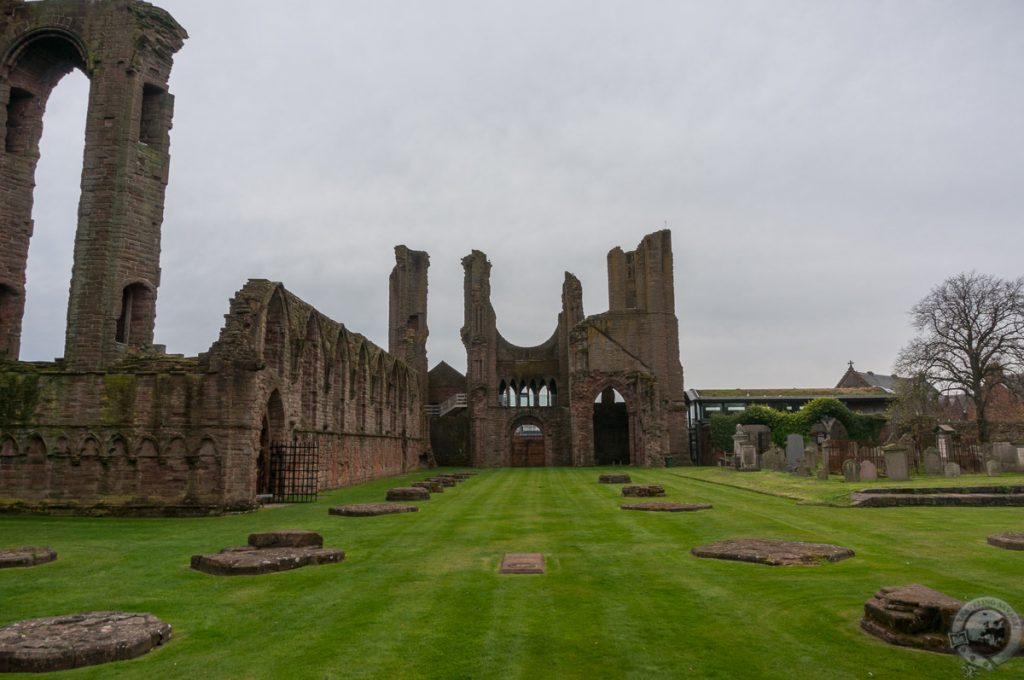
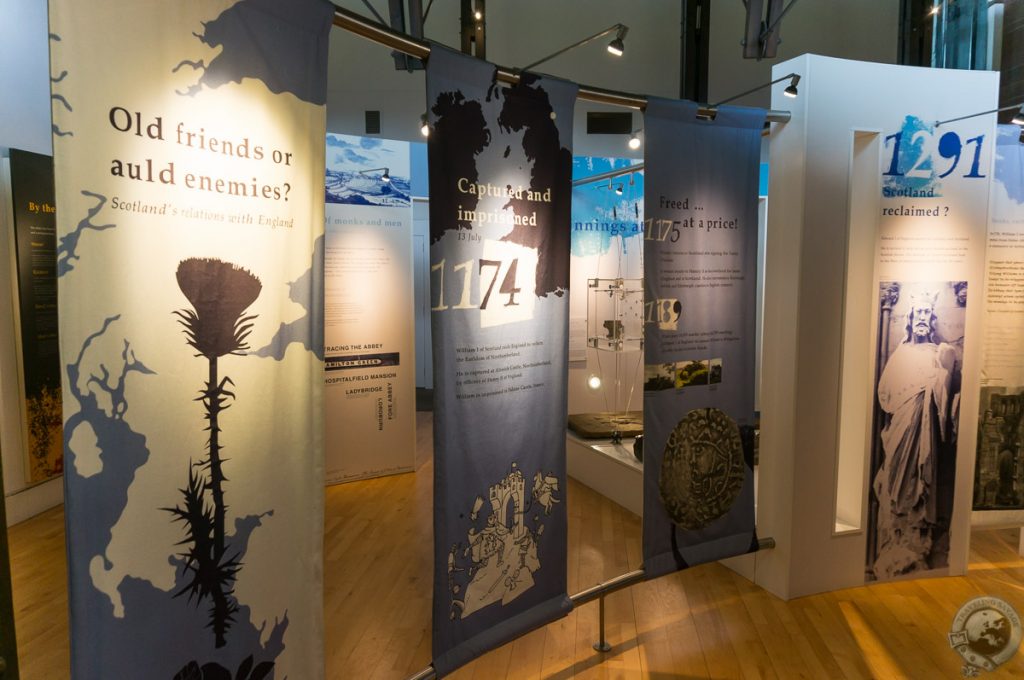
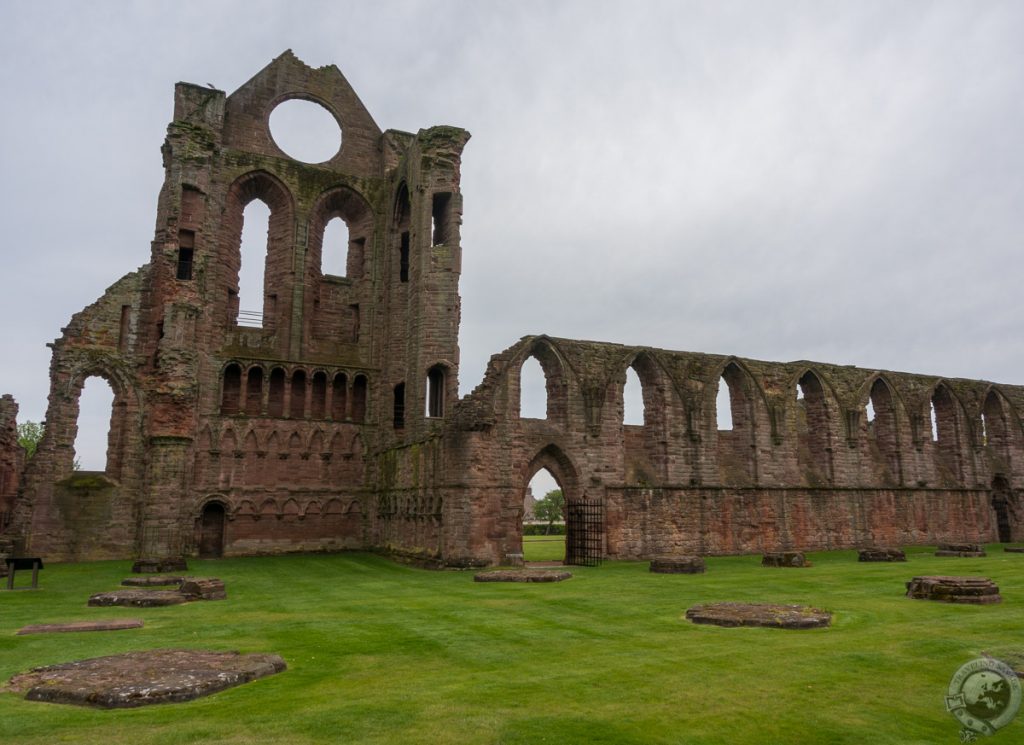
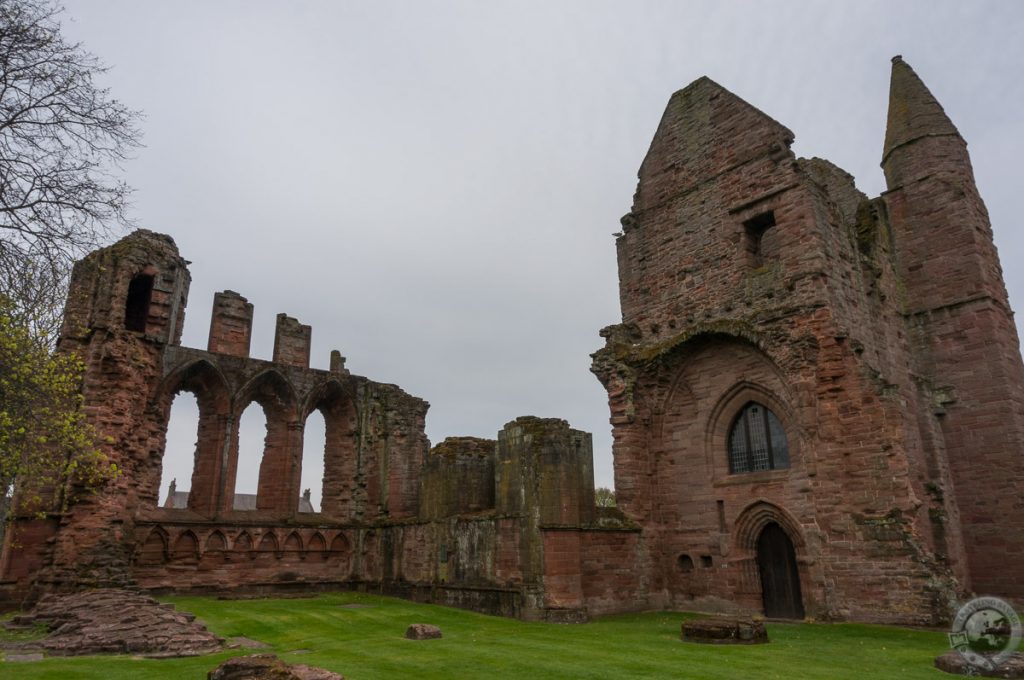
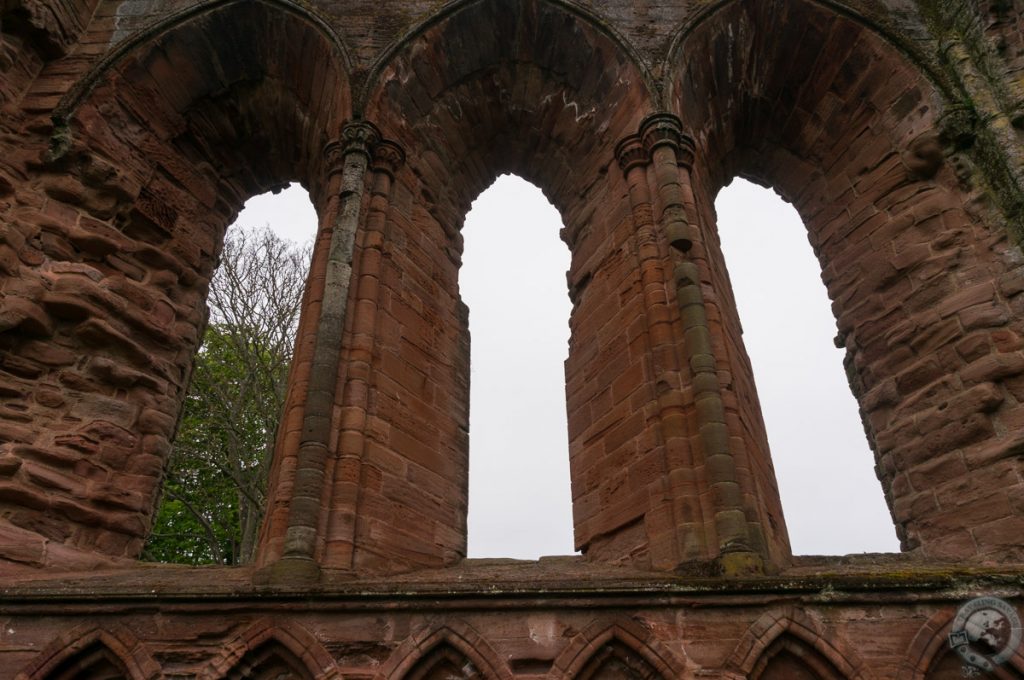
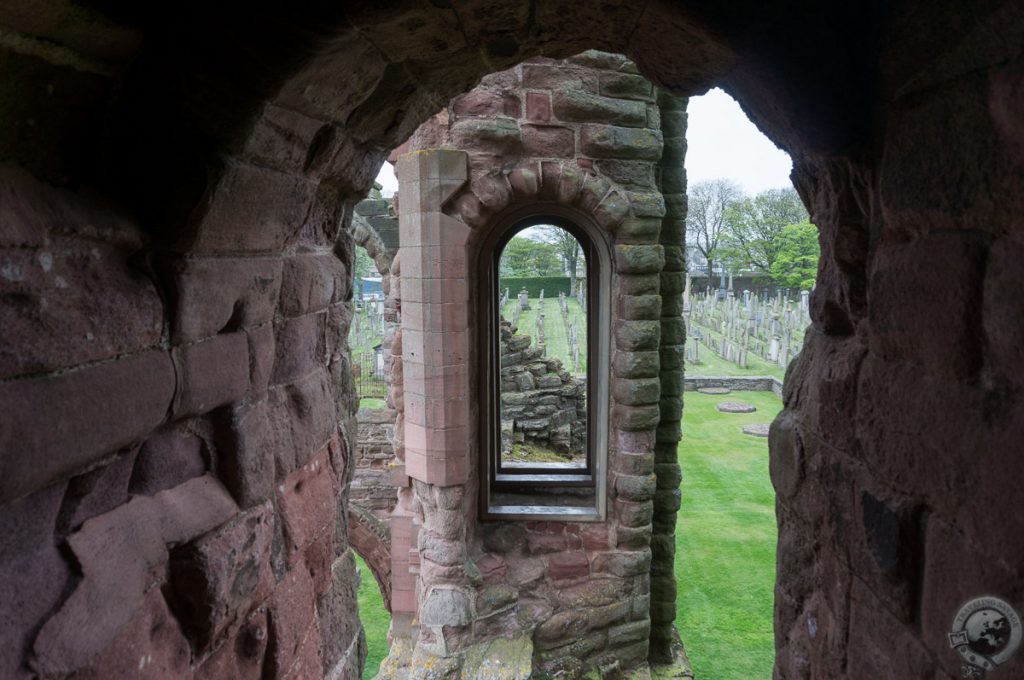
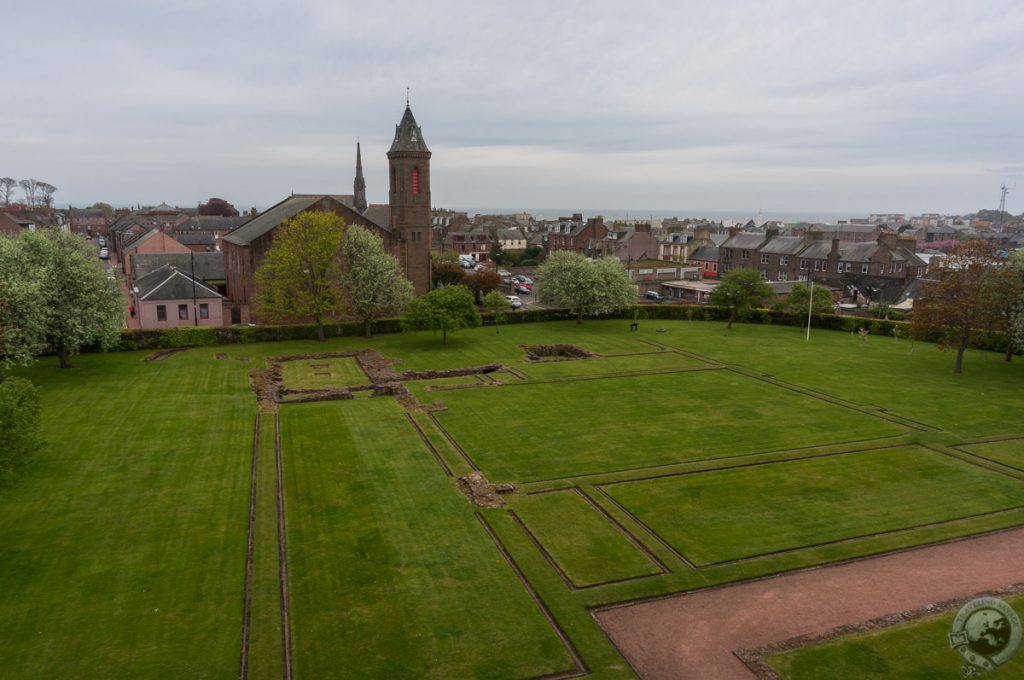
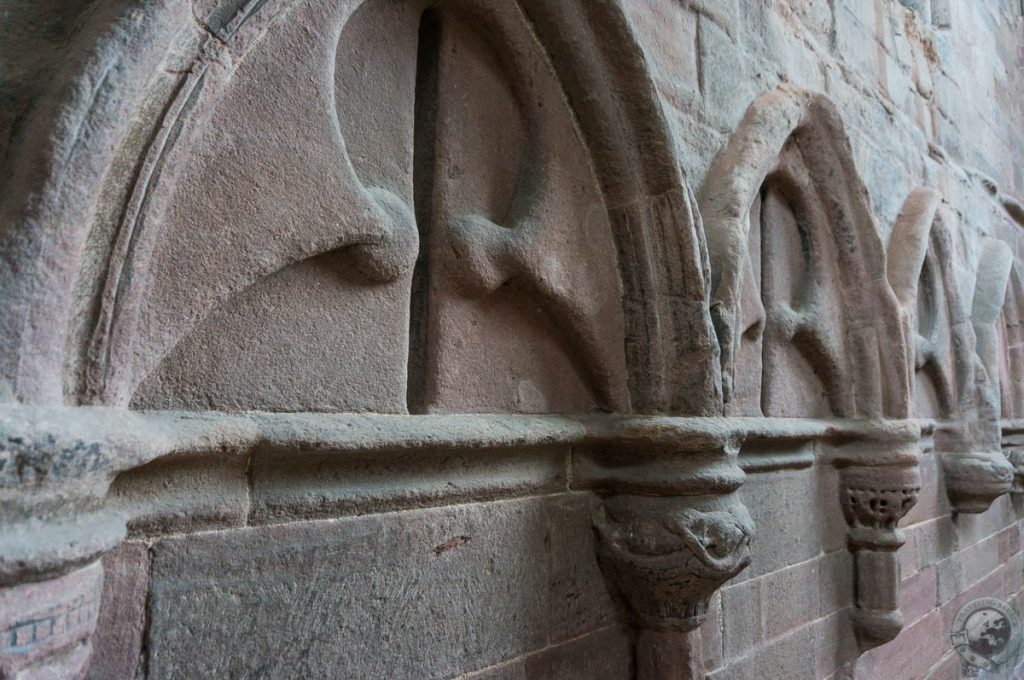
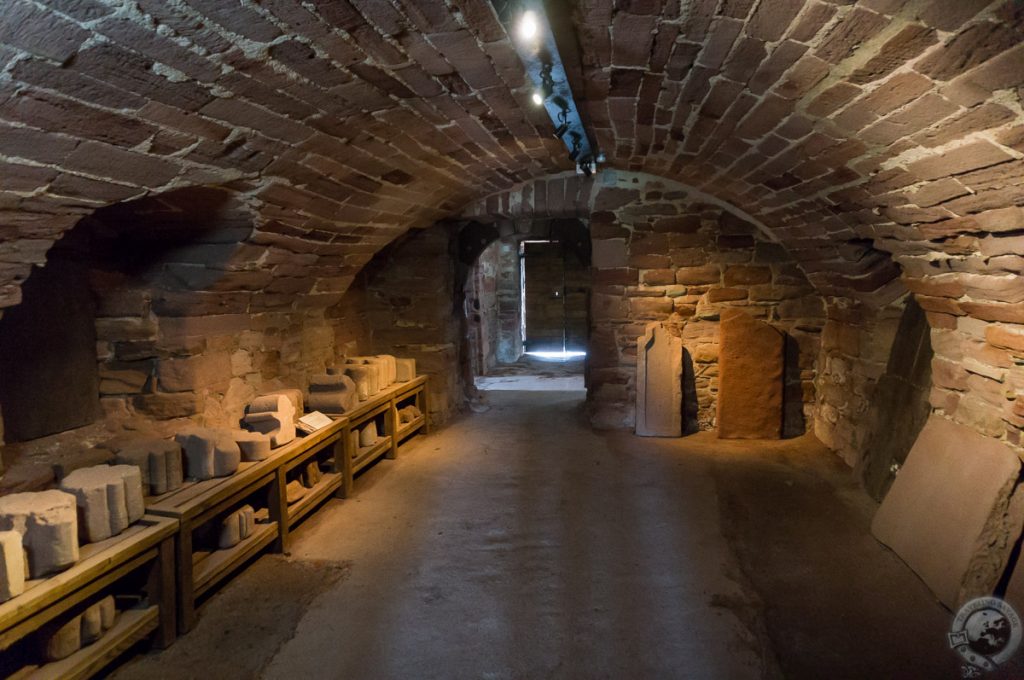
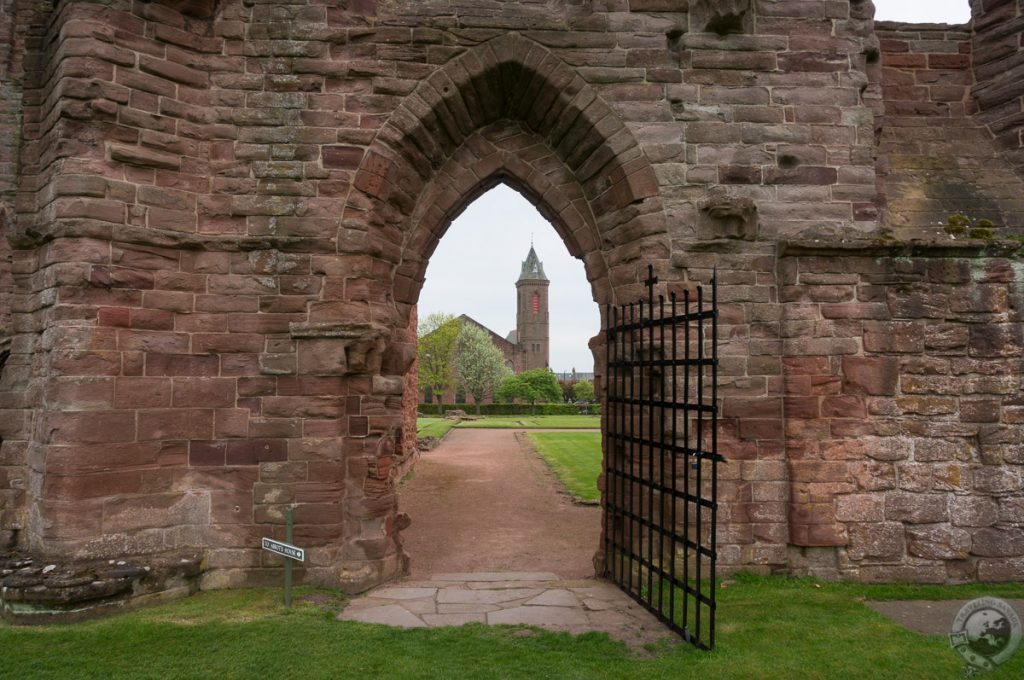
Scottish independence was ok then and it will be ok now. But I fear a tougher and more protracted battle lies ahead than even the Bannockburn and its aftermath.
I am an 82 year old with Scottish blood in my veins, born in McMinnville, Oregon. My wife and I will be coming to Scotland in early August of this year 2019. We have purchased our Tattoo tickets for the 20th of August and our lodging in Edinburgh for the 19th, 20th and 22nd. We plan on staying for four to six weeks. This will be our first and probably last visit. My Ancestors migrated from Scotland to Ontario, Canada to North Dakota and my parents to Oregon. Just wanted to say thank you for all of the wonderful articles and photos of various places in Scotland. We plan on seeing as many as we can as we prepare our itinerary for our coming visit.
Robert, I wish you the most memorable and meaningful visit to Scotland. Reading your comment was such a pleasure! Glad I could help inspire your upcoming visit.